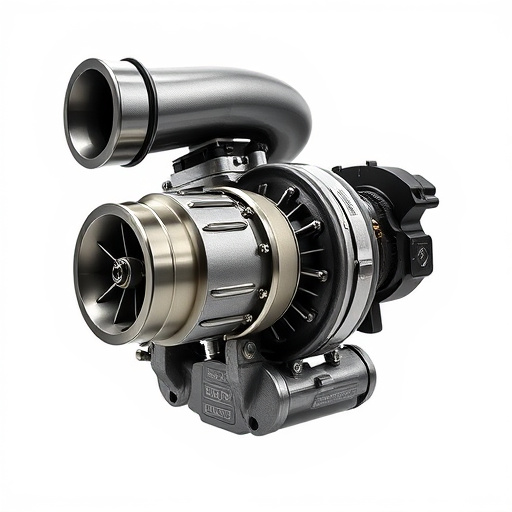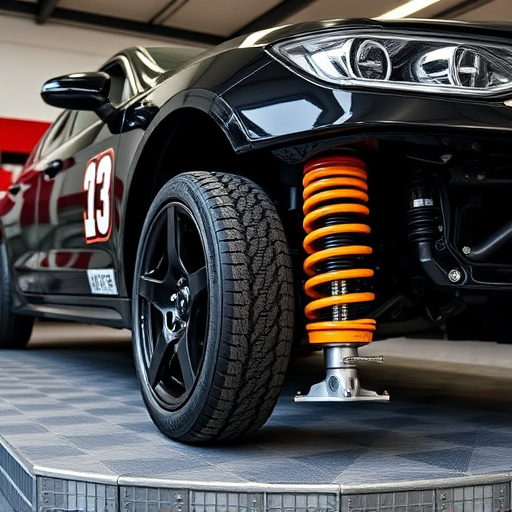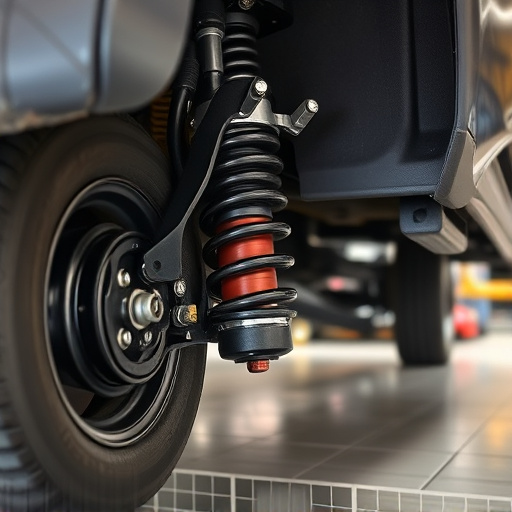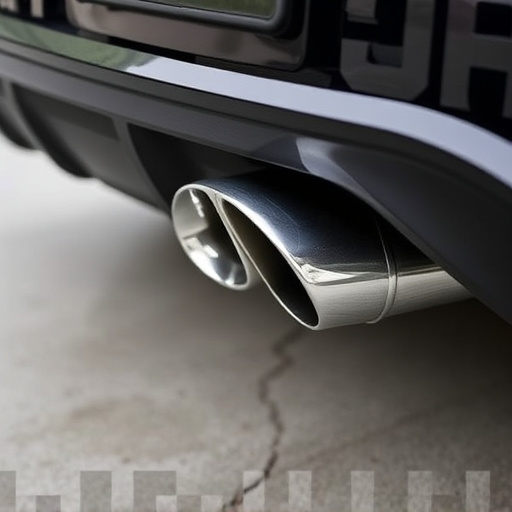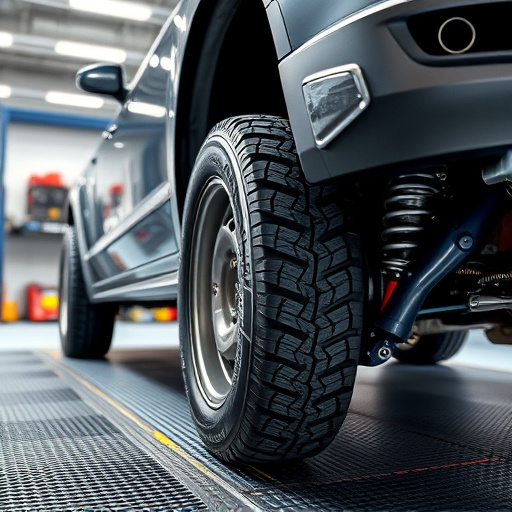Blow off valves are essential safety components in turbocharged or supercharged engines, preventing excess pressure from damaging expensive charging systems. Replacing them at home is a DIY-friendly task requiring specific tools, safety precautions, and basic automotive knowledge. After gathering compatible parts and ensuring the engine is cool, remove the old valve, install the new one with proper alignment, reattach pipes/hoses, check for leaks, start the engine to test performance, and ensure reliable operation during demanding driving conditions.
Tired of dealing with unexpected engine issues? Learn how to replace your blow off valves (BOVs) yourself and say goodbye to costly professional assistance. This comprehensive guide breaks down the process step-by-step, ensuring you’re prepared with the right tools and safety precautions. Understand the vital role BOVs play in your vehicle’s performance and learn to identify when a replacement is necessary. Take control of your car’s health today!
- Understanding Blow Off Valves and Their Function
- Tools and Safety Precautions Required for Replacement
- Step-by-Step Guide to Replacing Blow Off Valves at Home
Understanding Blow Off Valves and Their Function

Blow off valves are an essential component in many vehicles’ engines, particularly those with turbocharged or supercharged engines. These valves serve as a safety mechanism to relieve pressure from the engine’s combustion chamber when it exceeds a certain limit. By allowing a controlled release of excess pressure, they help prevent damage to the turbocharger or supercharger and maintain optimal engine performance. Understanding how these valves function is crucial before attempting any replacement.
The blow off valve operates by sensing the pressure in the intake manifold. When the pressure surpasses a pre-set threshold, the valve opens, releasing the built-up pressure into the atmosphere through a vented path. This rapid expulsion of pressure reduces the potential for damage to the turbocharger or supercharger, which can be extremely costly to repair or replace. Additionally, it ensures that the engine maintains efficient combustion and optimal performance, especially during high-performance driving conditions, where exhaust tips and muffler tips play a crucial role in managing engine emissions and noise levels.
Tools and Safety Precautions Required for Replacement

To replace blow off valves without professional help, you’ll need several essential tools tailored for automotive repairs. This includes a jack and jack stands for safely lifting and supporting your vehicle, wrenches or socket sets in various sizes to match your car’s specific bolts, a torque wrench to ensure proper tightening, and possibly an impact driver for faster bolt removal. For safety, always wear protective gear like gloves and eye protection, and ensure you’re working on a level surface with good lighting.
Additionally, consider having a partner assist with holding the vehicle or removing/reinstalling components, especially when dealing with performance brakes, performance air filters, or exhaust systems, which might require additional tools specific to these parts. Remember, while these steps guide you through the process, understanding your vehicle’s intricate systems demands due diligence and a basic knowledge of automotive mechanics to avoid damaging components beyond repair.
Step-by-Step Guide to Replacing Blow Off Valves at Home
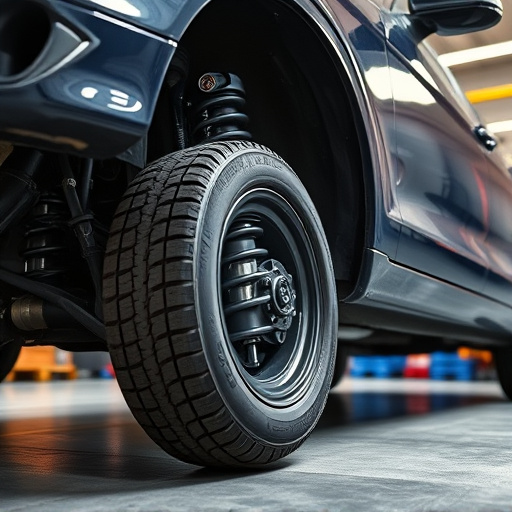
Replacing blow off valves at home can seem daunting but with a clear guide and the right tools, it’s a feasible DIY project for car enthusiasts. First, gather all necessary parts, including a new blow off valve compatible with your vehicle model, wrenches, sockets, and any required hardware. Park your vehicle on a level surface and engage the parking brake to ensure safety during the process.
Turn off the engine and allow it to cool down before beginning. Remove the existing blow off valve by loosening and detaching any connected pipes or hoses. This often involves unscrewing bolts or releasing clamps. Once free, set the old valve aside carefully. Next, install the new valve, ensuring proper alignment and secure connections. Double-check all hardware is tight and replace any seals if needed. After installation, reattach the pipes/hoses and test the system by starting the engine to ensure everything functions correctly, verifying no leaks in your cold air intake, exhaust systems, or around brake pads areas.
Replacing a blow off valve (BOV) can be a challenging but manageable task for car enthusiasts with some basic mechanical knowledge. By understanding the vital role BOVs play in engine performance and following the outlined steps, you can successfully perform this replacement without professional assistance. Armed with the right tools and safety precautions, you’ll be back on the road, enjoying improved vehicle dynamics and potentially enhancing your driving experience.









